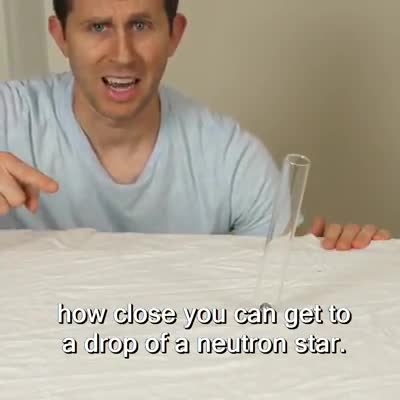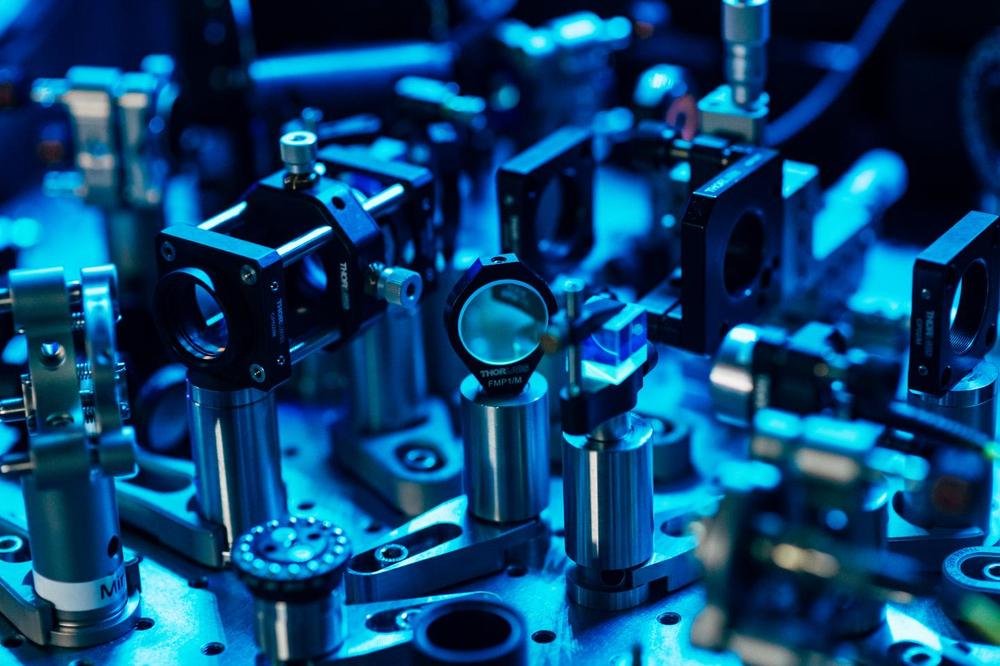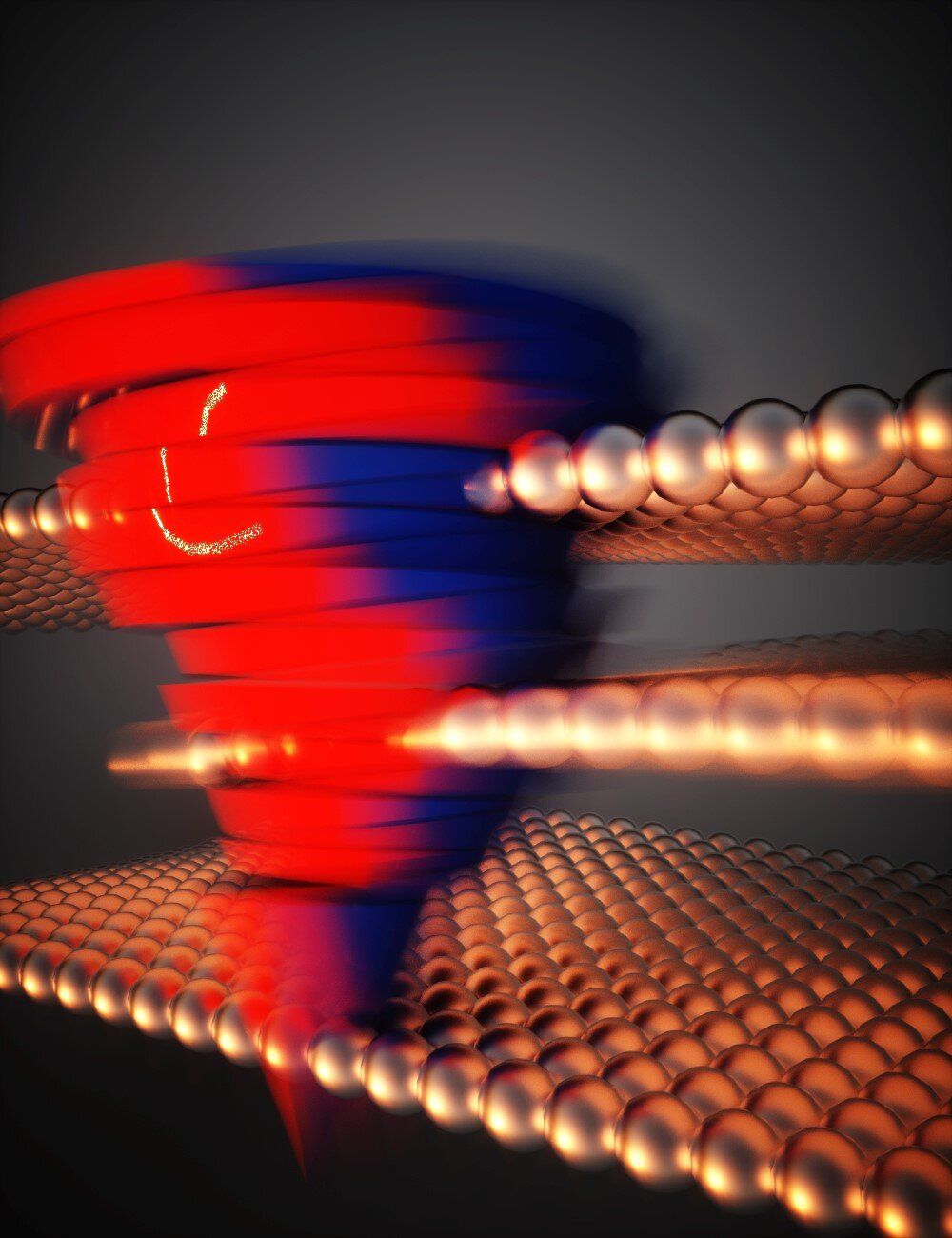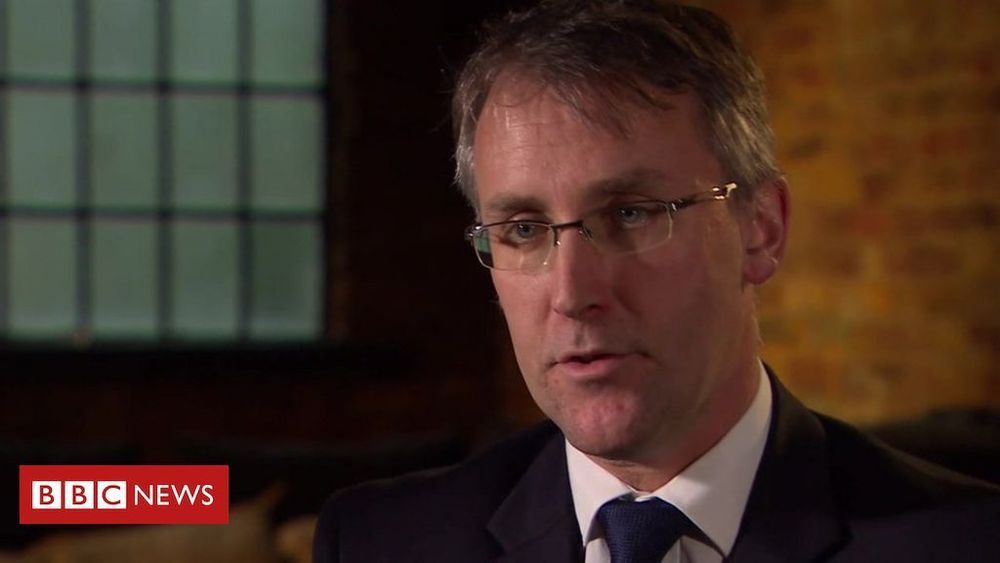Page 6234
Sep 2, 2020
FDA Approves New HIV Treatment for Patients With Limited Treatment Options
Posted by Quinn Sena in category: biotech/medical
Cross-posted from U.S. Food and Drug Administration
[On July 2, 2020], the U.S. Food and Drug Administration approved Rukobia (fostemsavir), a new type of antiretroviral medication for adults living with HIV who have tried multiple HIV medications and whose HIV infection cannot be successfully treated with other therapies because of resistance, intolerance or safety considerations.
“This approval marks a new class of antiretroviral medications that may benefit patients who have run out of HIV treatment options,” said Jeff Murray, M.D., deputy director of the Division of Antivirals in the FDA’s Center for Drug Evaluation and Research. “The availability of new classes of antiretroviral drugs is critical for heavily treatment-experienced patients living with multidrug resistant HIV infection—helping people living with hard-to-treat HIV who are at greater risk for HIV-related complications, to potentially live longer, healthier lives.”
Sep 2, 2020
Could an entire city run on a quantum network? A new study says yes
Posted by Quinn Sena in category: quantum physics
Researchers have expanded quantum communication networks to 8 users, and say the technology could be scaled for use in cities.
Sep 2, 2020
Quantum Machines in super position on superposition programming
Posted by Quinn Sena in categories: computing, quantum physics
CW Developer Network.
Quantum computing is complex. Content Continues Below.

Continue reading “Quantum Machines in super position on superposition programming” »
Sep 2, 2020
Memory in a metal, enabled by quantum geometry
Posted by Quinn Sena in categories: information science, internet, quantum physics, robotics/AI
The emergence of artificial intelligence and machine learning techniques is changing the world dramatically with novel applications such as internet of things, autonomous vehicles, real-time imaging processing and big data analytics in healthcare. In 2020, the global data volume is estimated to reach 44 Zettabytes, and it will continue to grow beyond the current capacity of computing and storage devices. At the same time, the related electricity consumption will increase 15 times by 2030, swallowing 8% of the global energy demand. Therefore, reducing energy consumption and increasing speed of information storage technology is in urgent need.
Berkeley researchers led by HKU President Professor Xiang Zhang when he was in Berkeley, in collaboration with Professor Aaron Lindenberg’s team at Stanford University, invented a new data storage method: They make odd numbered layers slide relative to even-number layers in tungsten ditelluride, which is only 3nm thick. The arrangement of these atomic layers represents 0 and 1 for data storage. These researchers creatively make use of quantum geometry: Berry curvature, to read information out. Therefore, this material platform works ideally for memory, with independent ‘write’ and ‘read’ operation. The energy consumption using this novel data storage method can be over 100 times less than the traditional method.
This work is a conceptual innovation for non-volatile storage types and can potentially bring technological revolution. For the first time, the researchers prove that two-dimensional semi-metals, going beyond traditional silicon material, can be used for information storage and reading. This work was published in the latest issue of the journal Nature Physics. Compared with the existing non-volatile (NVW) memory, this new material platform is expected to increase storage speed by two orders and decrease energy cost by three orders, and it can greatly facilitate the realization of emerging in-memory computing and neural network computing.
Sep 2, 2020
New genetic method of using CRISPR to eliminate COVID-19 virus genomes in cells
Posted by Quinn Sena in categories: bioengineering, biotech/medical, genetics
Bioengineering.
There is currently no vaccine or cure towards COVID-19. It is predicted the development of a safe and effective vaccine to prevent COVID-19 will take 12 to 18 months, by which time hundreds of thousands to millions of people may have been infected. With a rapidly growing number of cases and deaths around the world, this emerging threat requires a nimble and targeted means of protection.
Could CRISPR be the next virus killer? To address this global pandemic challenge, we are developing a genetic vaccine that can be used rapidly in healthy and patients to greatly reduce the coronavirus spreading. We developed a safe and effective CRISPR system to precisely target, cut and destroy COVID-19 virus and its genome, which stops coronavirus from infecting the human lung.
Continue reading “New genetic method of using CRISPR to eliminate COVID-19 virus genomes in cells” »
Sep 2, 2020
NCSC departing boss reflects on China, Russia and trust in tech
Posted by Derick Lee in categories: cybercrime/malcode, government
At the same time, the NCSC had to help government and public-sector organisations deal with the sudden increased dependence on technology, whether in the cabinet meeting over video link or the government sending out genuine text messages to the entire public.
The departing head of the National Cyber Security Centre reflects on the threats he has faced.
Sep 2, 2020
SpaceX will launch 60 new Starlink satellites Thursday. Here’s how to watch live
Posted by Genevieve Klien in categories: internet, satellites
SpaceX plans to launch another 60 of its Starlink internet satellites on Thursday (Sept. 3), and you can watch the action live.
Sep 2, 2020
Enriching humanity using astroelectricity
Posted by Mike Snead in categories: 3D printing, employment, nuclear energy, robotics/AI, solar power, space, sustainability
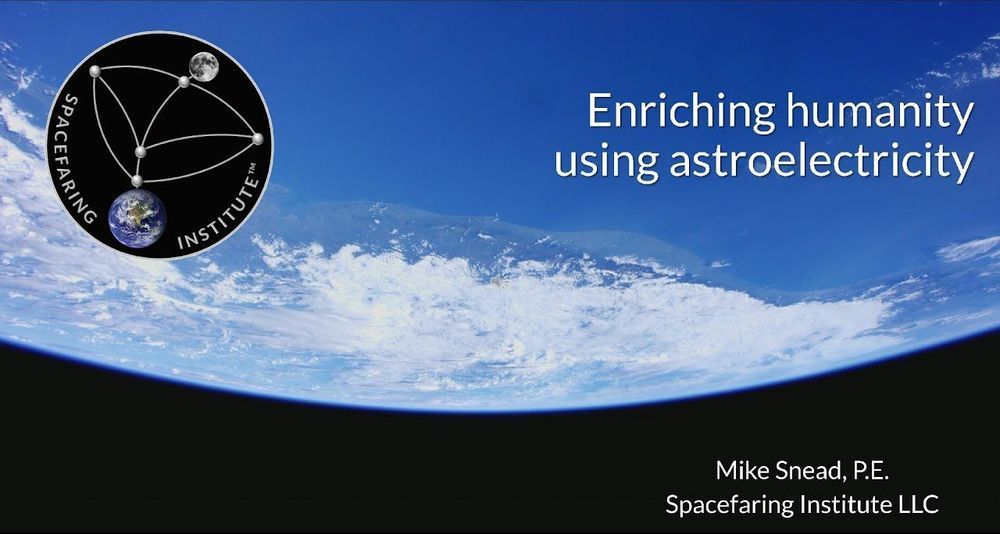
This is my second video presentation on the topic of GEO space-based solar power (astroelectricity). This was also given via video at a conference in Portugal on 22 Aug 2020. After a brief introduction to astroelectricity, the 24-minute presentation addresses how global astroelectricity will enable most of the 17 UN Sustainable Development Goals to be addressed and, especially, how affordable middle-class housing can be built. We are living in an exciting time (in a positive sense) where emerging technologies will enable us to push through these difficult times. The key is to undertake an orderly transition from fossil carbon fuels to astroelectricity and not be sidetracked by poorly developed “solutions” such as the Paris Climate Agreement and the Green New Deal.
The world needs a peaceful, orderly plan to transition from fossil carbon fuels to globally decentralized sustainable energy sufficient to enable worldwide middle-class prosperity. Nuclear power, wind power, and ground solar power—“solutions” often tied to the Green New Deal—cannot practically achieve this. Astroelectricity, generated in space by space-based solar power, can meet this need. This presentation builds on the “(Em)powering World Peace and Prosperity Using Astroelectricity” to discuss the global benefits that will arise from transitioning to astroelectricity.
Continue reading “Enriching humanity using astroelectricity” »
Sep 2, 2020
Xanadu launches quantum cloud platform, plans to double qubits every 6 months
Posted by Genevieve Klien in categories: computing, quantum physics
Xanadu, the quantum computing startup known for PennyLane and Strawberry Fields, has launched its photonics quantum computing platform.
